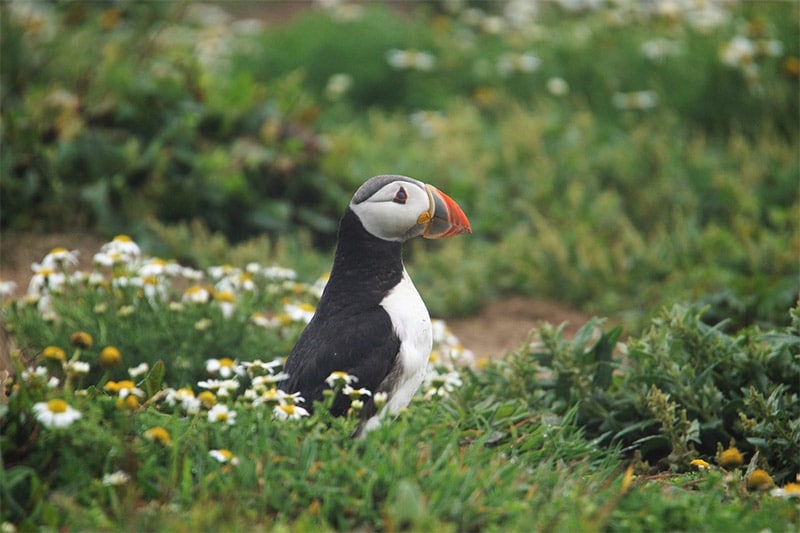
Photo by baumgarn / Pixabay License
Having success with wildlife photography requires you to be in the right place at the right time. You might get lucky occasionally, but typically you’ll need to make educated decisions about the places that you go.
While you don’t need to be at the most epic locations in order to photograph wildlife, those truly special places can certainly present opportunities that you don’t get just anywhere.
In a previous article, I wrote about the best places to photograph wildlife in the United States, but there is so much more to see and experience outside of the U.S. This article features some of the world’s best places to capture amazing wildlife photos that can help take your portfolio to the next level.
→ Related reading: 7 Convincing Reasons to Photograph a National Wildlife Refuge
1. South Georgia Island
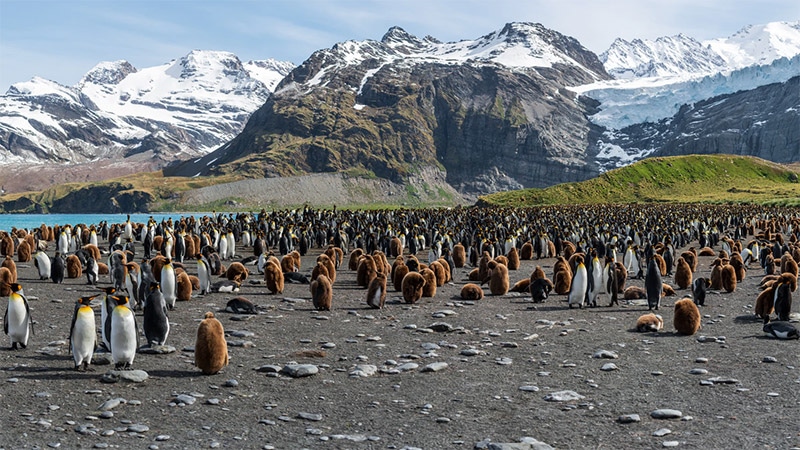
Photo by Paul Carroll / Unsplash License
Located in the southern Atlantic Ocean, South Georgia Island is more than 100 miles long and more than 30 miles wide. It features a ruggedly-beautiful landscape and some of the best wildlife photography opportunities you will find anywhere.
The island is home to huge populations of king penguins and seals. The snow-covered mountains of the island provide the perfect backdrop.
With no permanent population, the island has plenty of untouched beauty.
A visit to South Georgia Island will be unlike anything else you will ever experience, and very few people actually make the journey to this island that doesn’t get very much attention.
Part of the reason that South Georgia Island attracts very few visitors is because it takes some effort (and expense) to reach the island. With no airport, the only way to access the island is by sea. Most visitors stop at South Georgia Island as part of a tour that includes the Falkland Islands and Antarctica.
2. Masai Mara National Reserve (Kenya)
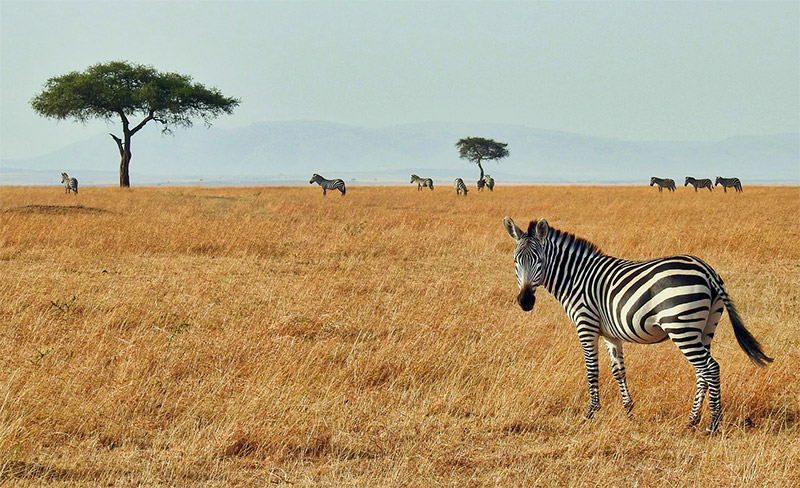
Photo by Ron Dauphin / Unsplash License
The Masai Mara (or Maasai Mara) National Reserve is well-known for its abundant and amazing wildlife including cheetah, lion, leopard, elephant, wildebeest, zebra, buffalo, and black rhino. It truly is a paradise for wildlife photographers.
It is located in Kenya, right next to Serengeti National Park in Tanzania. Encompassing nearly 600 square miles, it’s a large area to explore.
A huge population of wildebeest migrate (The Great Migration) every year from July through October.
There are many lodges and campgrounds throughout the reserve and a few different airports that provide transportation in and out.
3. Etosha National Park (Namibia)
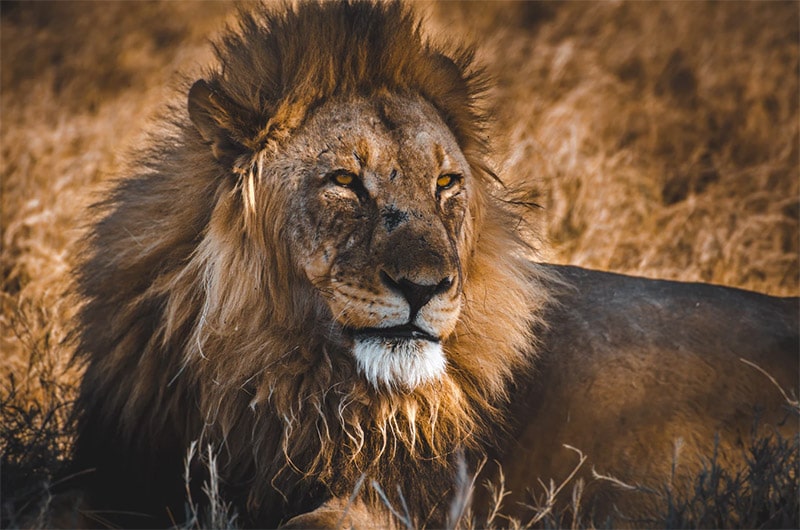
Photo by Sergi Ferrete / Unsplash License
Etosha National Park in Namibia covers more than 8,000 square miles, and the Etosha Pan covers more than 20% of the park. It is a salt pan that is essentially a dry lake bed that gets a thin layer of water after a rain.
The park also includes desert, grasslands, woodlands, and savanna. It is also home to an amazing amount of wildlife, including elephant, zebra, wildebeest, rhino, lion, leopard, cheetah, giraffe, hyena, mongoose, and more.
There are several lodges and camping facilities within the park, all managed by Namibia Wildlife Resorts.
4. Kruger National Park (South Africa)

Photo by Geran de Klerk / Unsplash License
Kruger National Park is located in the northeastern part of South Africa and is well-known for its natural beauty. At more than 7,500 square miles, it is one of the largest game reserves in Africa, although not as large as Etosha National Park.
This park is noteworthy because it has more species of large mammals than any other game reserve in Africa. It is home to lion, wildebeest, zebra, rhino, elephant, buffalo, impala, hippo, giraffe, cheetah, leopard, hyena, and more.
There are lodges, tented lodges, and plenty of commercial tour packages available.
5. Galapagos Islands (Ecuador)
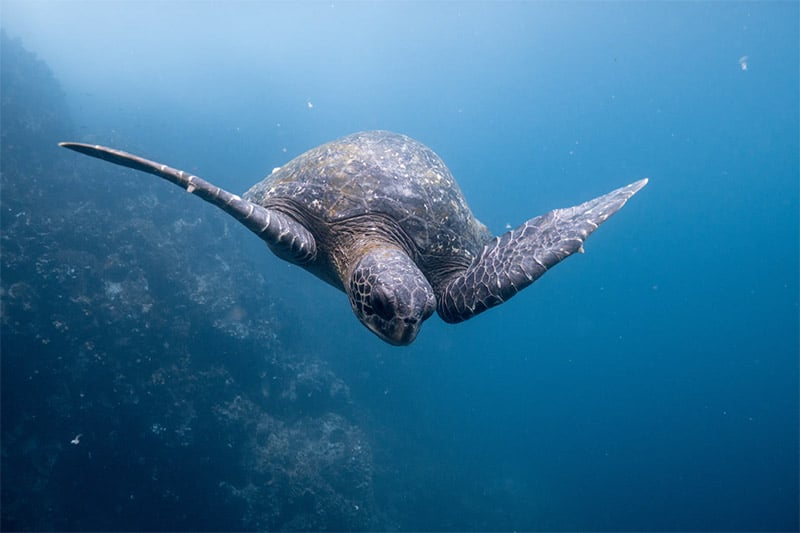
Photo by Dustin Haney / Unsplash License
The Galapagos Islands are an archipelago of volcanic islands more than 500 miles off the coast of Ecuador in the Pacific Ocean. No list of top wildlife locations would be complete without including the Galapagos Islands.
The largest of the islands, Isabela, covers more than 2,00 square miles. There are a total of 18 main islands, as well as several smaller islands.
The islands are rich with wildlife, including some rare species. A visit to the Galapagos Islands may provide opportunities to photograph iguana, sea lion, tortoise, blue-footed booby, penguin, and more.
There are two airports on the islands but only a total of 116 visitor sites among the islands (with only 54 of them being on land). All groups must be accompanied by local guides. As a result, there are a lot of tours and packages available.
6. Skomer Island (Wales)

Photo by baumgarn / Pixabay License
Skomer Island is located off the western coast of Wales (United Kingdom). It’s a small island at just over 1 square mile in size, but a beautiful place to visit and photograph.
The Atlantic puffin colony is the main attraction at Skomer Island, although many other types of seabird also breed on the island. The population of Atantic puffin on this small island is estimated to be higher than 20,000. They are mostly unbothered by tourists, so photographing them is fairly easy.
The only way to access the island is a short boat ride from the mainland. Only 250 visitors are allowed on the island per day to prevent overcrowding, and parts of the island are inaccessible to visitors.
7. Ranthambore National Park (India)
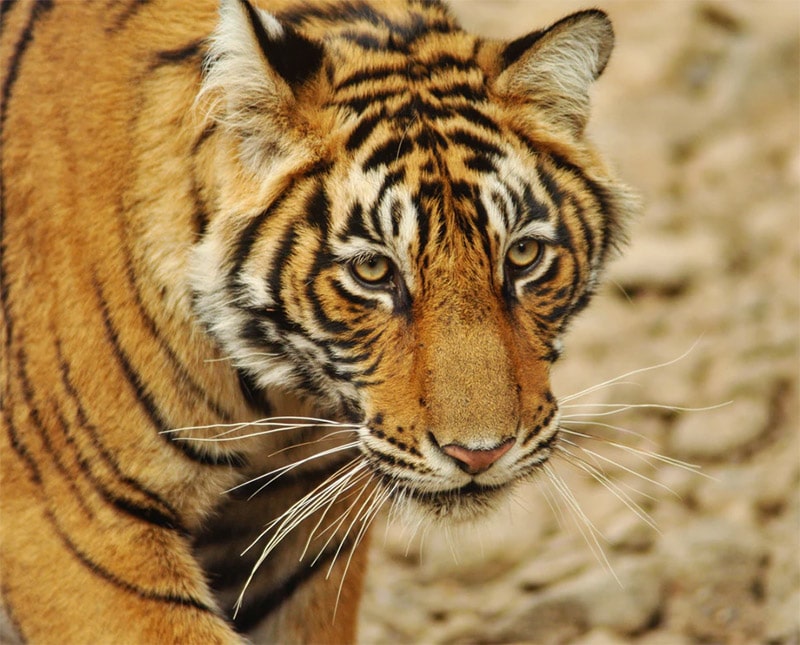
Photo by Nitin Babu / Unsplash License
Ranthambore National Park covers about 150 square miles in northern India. The landscape of the park includes forests and grassy meadows, and it is most noteworthy as home to Bengal tigers (there are more than 50 tigers living in the park).
Aside from the tigers, the park is also home to leopard, hyena, jackal, boar, and many reptiles.
The nearest airport is about 100 miles away in Jaipur. A train station is about 5 miles from the park. Like the other locations featured here, you can find many guided tours at Ranthambore.
Conclusion:
Compiling a list of top wildlife locations around the world is a difficult task, and there’s no doubt that many special places have not been mentioned here. But these locations are truly epic and will certainly provide plenty of opportunities for photo enthusiasts and professionals alike.
Photo license links: Unsplash license, Pixabay license